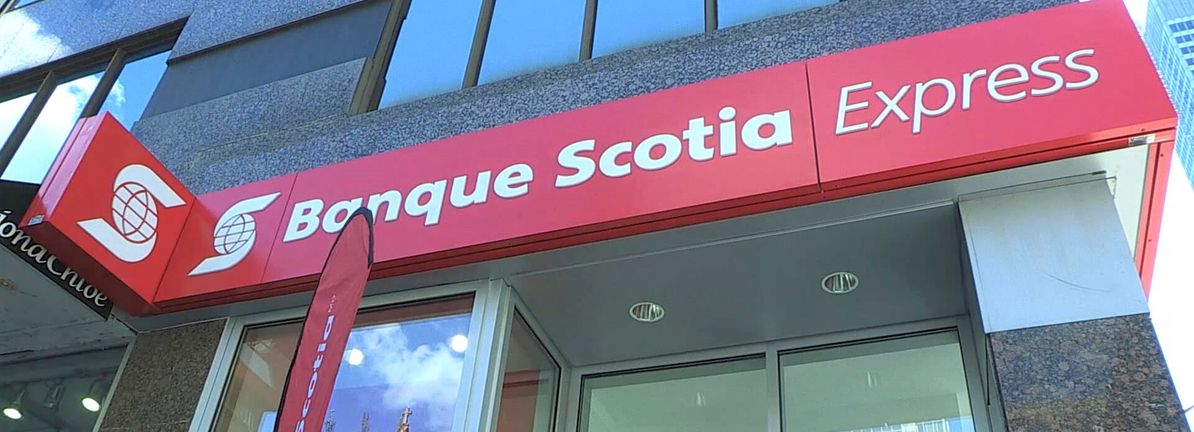Some investors rely on dividends for growing their wealth, and if you’re one of those dividend sleuths, you might be intrigued to know that The Bank of Nova Scotia (TSE:BNS) is about to go ex-dividend in just 3 days. The ex-dividend date is one business day before a company’s record date, which is the date on which the company determines which shareholders are entitled to receive a dividend. The ex-dividend date is important as the process of settlement involves two full business days. So if you miss that date, you would not show up on the company’s books on the record date. Accordingly, Bank of Nova Scotia investors that purchase the stock on or after the 7th of January will not receive the dividend, which will be paid on the 29th of January.
The company’s next dividend payment will be CA$1.06 per share, on the back of last year when the company paid a total of CA$4.24 to shareholders. Based on the last year’s worth of payments, Bank of Nova Scotia has a trailing yield of 5.5% on the current stock price of CA$77.25. If you buy this business for its dividend, you should have an idea of whether Bank of Nova Scotia’s dividend is reliable and sustainable. So we need to check whether the dividend payments are covered, and if earnings are growing.
View our latest analysis for Bank of Nova Scotia
Dividends are usually paid out of company profits, so if a company pays out more than it earned then its dividend is usually at greater risk of being cut. Bank of Nova Scotia is paying out an acceptable 71% of its profit, a common payout level among most companies.
Generally speaking, the lower a company’s payout ratios, the more resilient its dividend usually is.
Click here to see the company’s payout ratio, plus analyst estimates of its future dividends.
Companies with falling earnings are riskier for dividend shareholders. If business enters a downturn and the dividend is cut, the company could see its value fall precipitously. That’s why it’s not ideal to see Bank of Nova Scotia’s earnings per share have been shrinking at 2.5% a year over the previous five years.
Another key way to measure a company’s dividend prospects is by measuring its historical rate of dividend growth. Since the start of our data, 10 years ago, Bank of Nova Scotia has lifted its dividend by approximately 5.2% a year on average. That’s interesting, but the combination of a growing dividend despite declining earnings can typically only be achieved by paying out more of the company’s profits. This can be valuable for shareholders, but it can’t go on forever.










